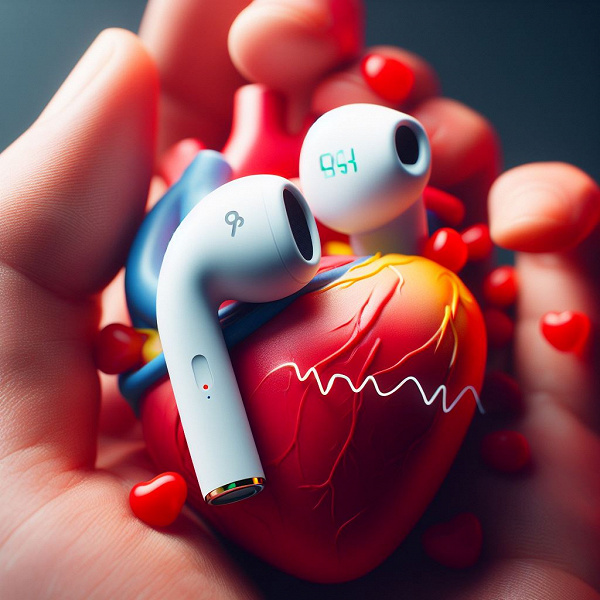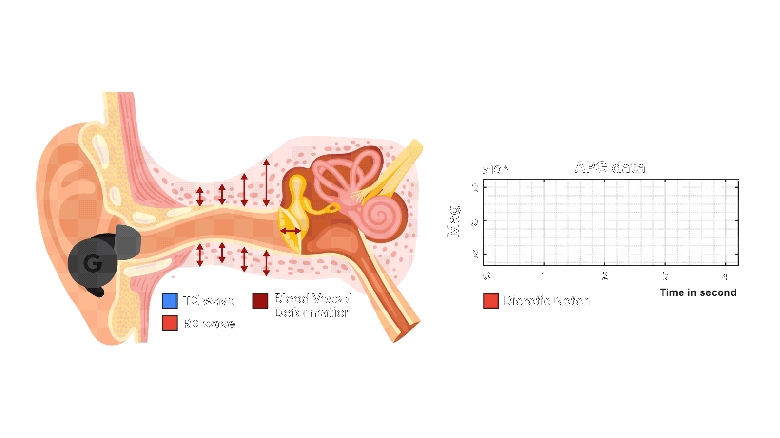The technology will rely on audio plethysmography
Google has shown that headphones equipped with active noise cancellation can be equipped with the ability to detect a person’s heart rate with just a software update.

As stated in the Google document, audio plethysmography (APG) allows noise-canceling headphones to track a user’s physiological signals, such as heart rate and heart rate variability, without adding additional sensors or compromising battery life. The technology demonstrates high resistance to artifacts arising from movement. In addition, measurements are not degraded depending on the ear pads used or skin color, and even simultaneous music playback does not interfere.
Google’s approach is based on the fact that the human ear canal contains many blood vessels, including the deep auricular artery. All of these vessels change their shape slightly under the influence of the heartbeat, which in turn leads to subtle but measurable changes in volume and pressure in the ear canal.
Google has figured out how to give all in-ear noise-canceling headphones the ability to measure heart rate.

Existing active noise-canceling headphones use microphones to do the noise-canceling work. Microphones can be used to listen to your heartbeat and breathing. However, the microphones in consumer-grade ANC headphones have built-in high-pass filters that remove various noise. Information necessary for the specified task is also deleted.
Google says audio plethysmography bypasses the aforementioned hardware limitations of ANC headphones by sending a low-intensity ultrasound probe signal through the headphones’ speakers. This signal causes an echo, which is received by the built-in feedback microphones. In turn, tiny shifts in the skin of the ear canal and vibrations from the heartbeat affect this ultrasound echo, and the software allows these changes to be analyzed.
Google has already conducted two series of studies involving 153 people, which found that APG “provides consistently accurate measurements of heart rate (average error of 3.21% across participants across all activity scenarios) and heart rate variability (average error in beat interval 2. 70%).
Thus, everything depends only on the software. Well, it’s worth noting that this approach seems to work only with in-ear headphones. However, when such a solution will appear on the market is still unclear.




